Finding Crown Shy: Where Fine Dining Meets Natural Wonder
Crown shy refers to both a renowned Michelin-starred restaurant in New York’s Financial District and a fascinating natural phenomenon where tree canopies avoid touching each other. For culinary travelers seeking unique dining experiences, Crown Shy restaurant at 70 Pine Street offers contemporary American cuisine in a stunning Art Deco setting, while the scientific concept of crown shyness reveals how certain trees maintain deliberate gaps between their branches.
Quick Crown Shy Overview:
- Restaurant: One Michelin star, located at 70 Pine Street, NYC
- Cuisine: Contemporary American by Chef James Kent
- Price Range: $$$ (high-end dining)
- Natural Phenomenon: Trees maintaining gaps between crowns, observed since the 1920s
- Common Species: Eucalyptus, lodgepole pine, mangroves, Sitka spruce
Crown Shy restaurant occupies a landmark Art Deco tower with soaring ceilings, marble floors, and expansive windows. Chef James Kent’s kitchen delivers what the Michelin Guide calls “high quality cooking” with signature dishes like ricotta gnocchi and roasted Japanese sweet potato. The restaurant’s name cleverly references the natural phenomenon where trees create visible channels of sky between their branches – a pattern that looks like “a backlit jigsaw puzzle” when viewed from below.
This unique dining destination combines architectural grandeur with culinary excellence, making it essential for food travelers exploring Manhattan’s evolving restaurant scene.
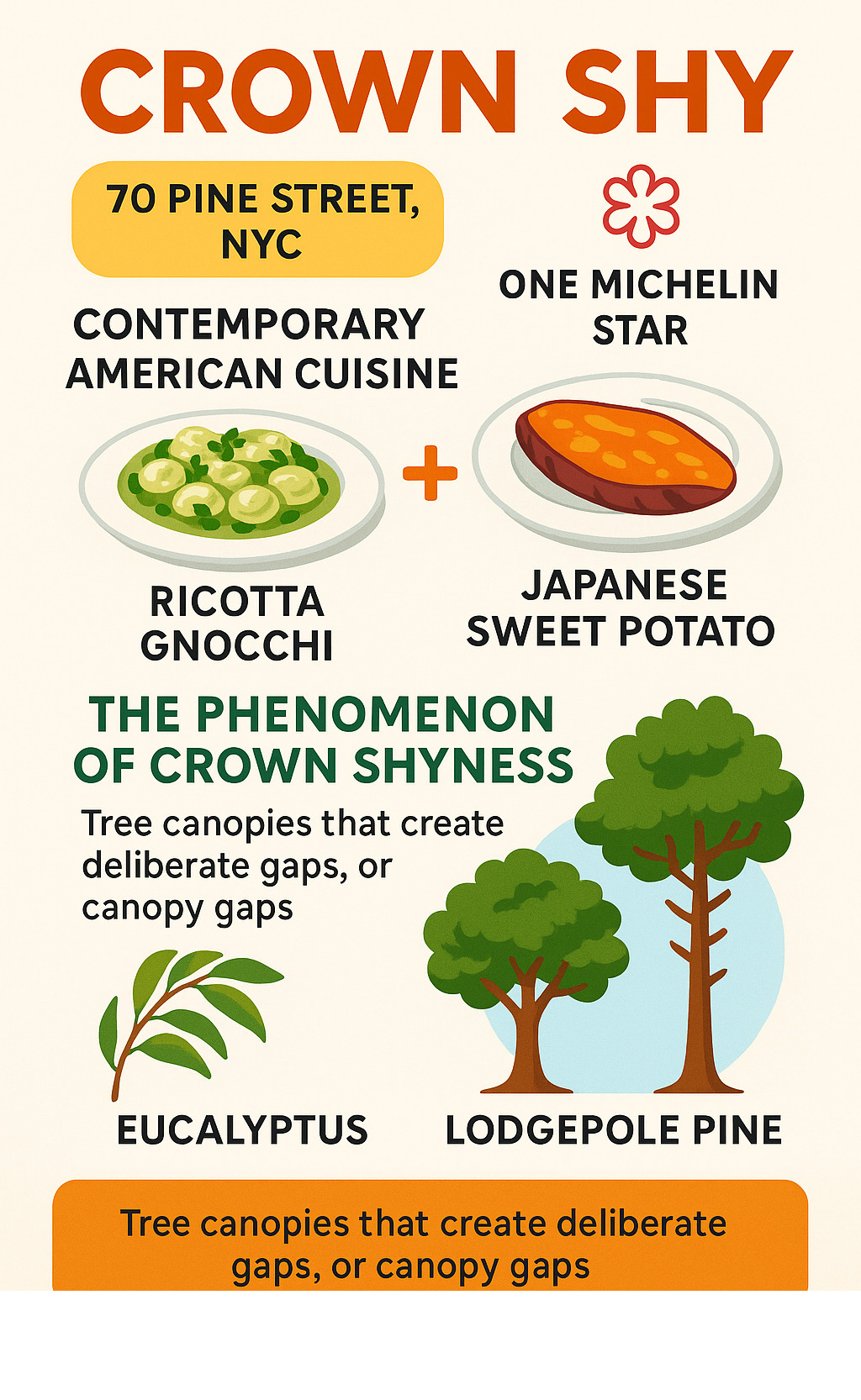
Inside Crown Shy Restaurant: Menu Highlights & Experience
Walking into Crown Shy feels like finding a culinary secret in the heart of Manhattan’s Financial District. Chef James Kent and his partner Jeff Katz have crafted something truly magical here – a restaurant where the kitchen operates with the precision of a Swiss watch, yet every dish tells a story of creativity and passion.
The seasonal menu at Crown Shy showcases contemporary American cuisine that constantly surprises. Chef Kent doesn’t just cook; he reimagines familiar flavors in ways that make you pause mid-bite and wonder “how did they do that?” The open kitchen concept lets you witness this culinary theater firsthand, watching the team move with ballet-like coordination as they plate each masterpiece.
What sets this place apart is how Chef Kent approaches high-quality cooking. It’s not just about expensive ingredients or fancy techniques – though both are certainly present. It’s about understanding how flavors work together, how textures can surprise, and how a single dish can transport you somewhere unexpected. The Michelin Guide calls it “an undeniable feast for the senses,” and honestly, that barely scratches the surface.
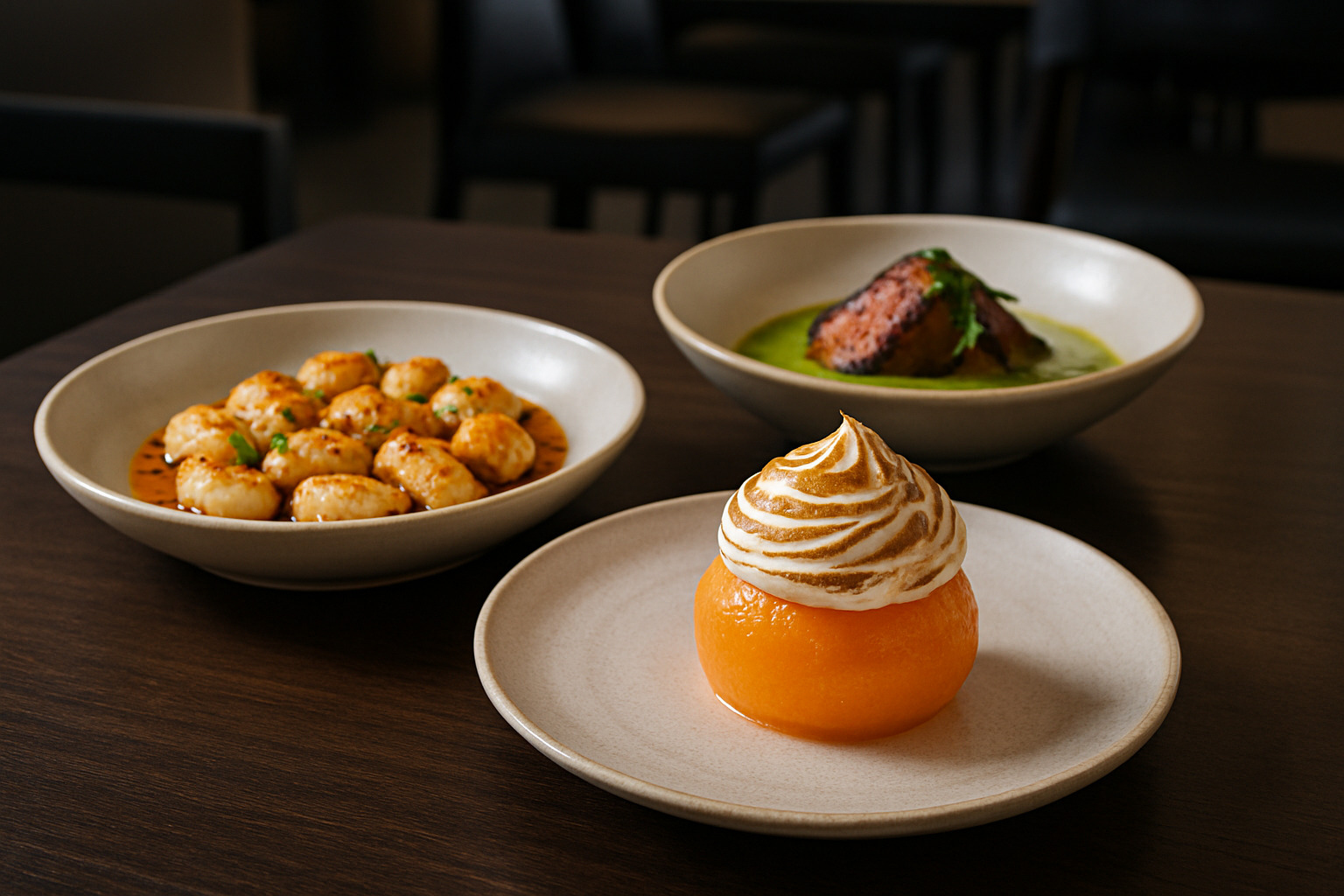
For food lovers exploring Manhattan’s dining scene, Crown Shy represents that perfect sweet spot where architectural grandeur meets culinary innovation. It’s the kind of place that reminds you why New York City remains the ultimate food destination. For more info about unique restaurants that capture this same spirit of innovation, we’ve curated experiences that go beyond the ordinary.
Crown Shy Signature Dishes
Three dishes at Crown Shy have become the restaurant’s calling cards, and for good reason. Each one showcases Chef Kent’s ability to take familiar concepts and turn them into something completely unexpected.
The ricotta gnocchi arrives looking deceptively simple, but that first bite delivers a surprise spice hit that perfectly balances the creamy, pillowy texture. It’s comfort food with a twist – the kind of dish that makes you close your eyes and savor every morsel. The contrast between the gentle ricotta and that unexpected heat shows exactly why this kitchen earned its Michelin star.
Then there’s the roasted Japanese sweet potato – a dish that sounds humble but tastes like pure innovation. Chef Kent prepares it in green curry with farro, creating this incredible fusion of sweet, spicy, and earthy flavors that shouldn’t work together but absolutely do. It’s vegetarian cooking at its finest, proving that plant-based dishes can be just as complex and satisfying as any protein-centered plate.
The creamsicle-inspired satsuma ice rounds out the experience with pure nostalgia wrapped in sophistication. Topped with torched marshmallow and honeycomb shards, it tastes like childhood summers but looks like modern art. It’s the perfect ending to a Crown Shy meal – playful, beautiful, and utterly memorable.
Crown Shy Atmosphere & Design
The moment you step into Crown Shy, you understand why location matters so much in the restaurant world. Housed within the landmark Art Deco tower at 70 Pine Street, the dining room feels both grand and intimate – no small feat in a space with soaring ceilings that seem to stretch toward infinity.
The marble floors catch and reflect the ambient lighting throughout the evening, creating this warm glow that makes everyone look like they’re starring in their own romantic movie. Those expansive windows frame the Financial District’s urban landscape, reminding you that you’re dining in the heart of one of the world’s great cities.
What we love most about the design is how it honors the building’s 1920s Art Deco heritage without feeling like a museum piece. The sleek, modern touches blend seamlessly with the historic architecture, creating a space that feels both timeless and thoroughly contemporary.
The open kitchen adds just the right amount of energy without overwhelming the sophisticated atmosphere. You can watch the culinary team work their magic while still maintaining intimate conversations. And if you can’t snag a regular table, the bar seating offers front-row seats to all the action – sometimes the best seats in the house.
Crown Shy Essentials: Location, Hours & Reservations
Finding Crown Shy is easier than you might expect for a Michelin-starred restaurant. The dining destination sits at 70 Pine Street in New York’s Financial District, housed within a stunning Art Deco landmark that’s as impressive as the food itself. You can reach them directly at +1 212-517-1932 for reservations and any special requests.
The restaurant opens its doors for dinner service Monday through Wednesday from 5:00 PM to 9:30 PM, extending hours slightly on Thursday through Saturday until 10:00 PM. Sunday diners can enjoy the Crown Shy experience from 5:00 PM to 9:30 PM, making it perfect for a special weekend celebration.
Expect to invest in the $$$ price range for your meal here – a reflection of the restaurant’s Michelin-starred status and Chef James Kent’s commitment to high-quality ingredients. The good news? They accept all major credit cards and offer full wheelchair access, ensuring everyone can experience this culinary gem.
One of our favorite features is the bar seating available for walk-in guests. If you’re feeling spontaneous or couldn’t snag a table reservation, the bar offers the same exceptional menu with a more relaxed vibe.
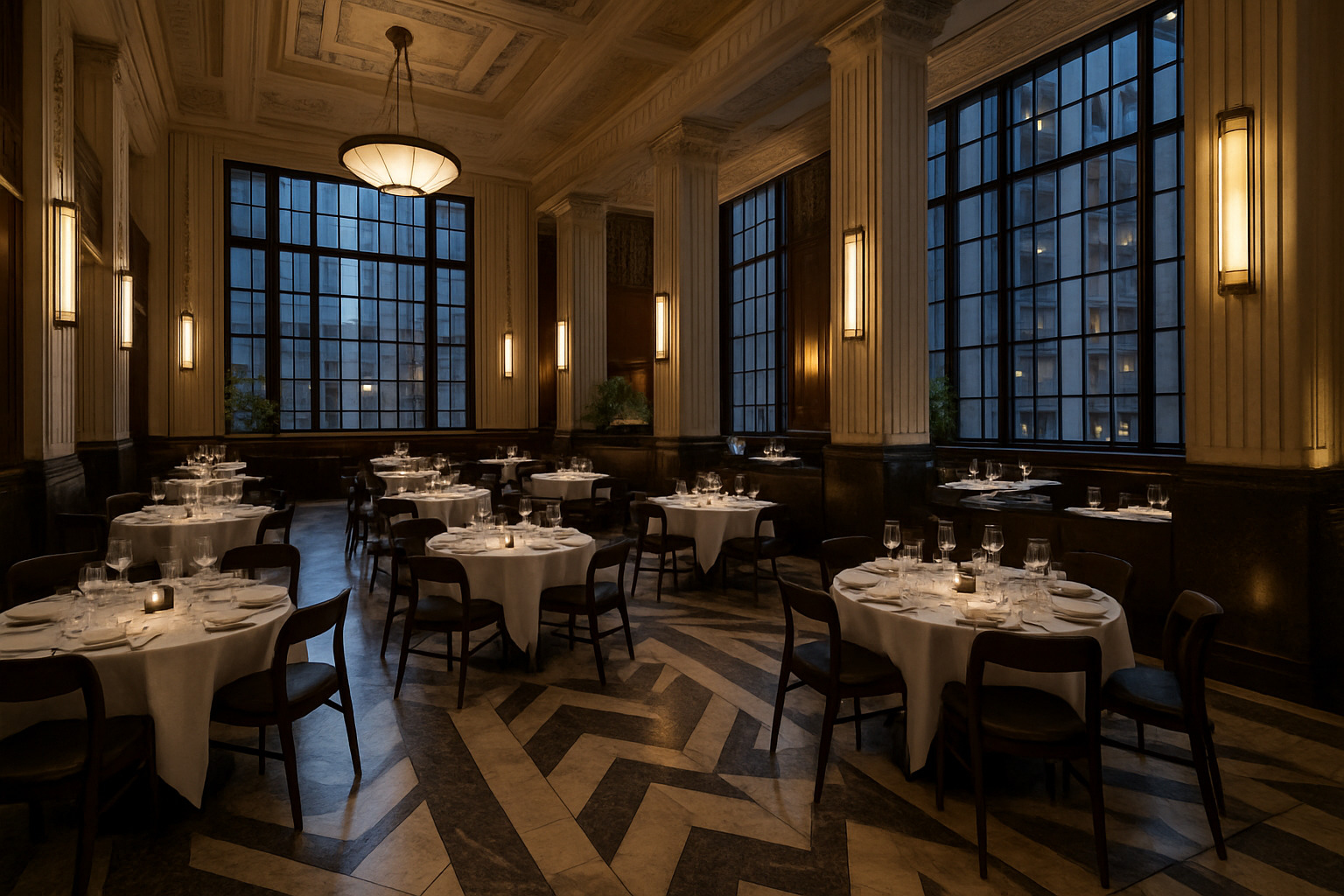
When it comes to booking, you have several options. Resy offers real-time availability up to 30 days in advance, while phone reservations allow for direct communication about special requests. OpenTable provides some availability as a partner platform, and walk-in bar seating requires no advance planning at all.
| Method | Availability | Advance Notice | Special Requests |
|---|---|---|---|
| Resy | Real-time availability | Up to 30 days | Limited notes field |
| Phone | Direct communication | Flexible | Full accommodation discussion |
| Walk-in Bar | Same day only | None required | Limited options |
For the most current information and seamless booking, visit the official Crown Shy website. The Financial District location makes it incredibly convenient to pair with other exceptional dining experiences, like nearby Chambers Restaurant NYC.
How to Reserve a Table at Crown Shy
Scoring a table at Crown Shy takes a bit of strategy, but it’s absolutely worth the effort. The restaurant uses Resy as its primary booking platform, and we’ve learned a few tricks that can help you land that coveted reservation.
Resy remains your best bet for securing a table, with availability opening up to 30 days in advance. Here’s the insider tip: check back throughout the day for cancellations. Prime-time weekend slots often become available as plans change, especially during weekday afternoons.
The restaurant also maintains an OpenTable partnership with limited availability, making it worth checking if Resy shows nothing available. Don’t overlook the walk-in bar seating option – it’s first-come, first-served and offers the full menu experience without the reservation stress.
Phone reservations work particularly well for special occasions or larger parties. The staff can discuss specific needs and often accommodate requests that online platforms can’t handle. We’ve found weeknight reservations much easier to secure than weekend slots, and the experience is equally exceptional regardless of the day.
For special events and celebrations, Crown Shy shines with advance planning. They’ll work with you to create memorable experiences that go beyond the standard dinner service.
Private Dining & Dietary Notes
Crown Shy lifts special occasions with thoughtful private dining options and exceptional dietary accommodations. The chef’s counter provides an intimate experience for up to six guests, offering front-row seats to watch the culinary team create each dish with precision and artistry.
Group dining becomes effortless with customized menus available for larger parties. The restaurant works closely with hosts to create memorable experiences, whether you’re celebrating a milestone birthday, hosting a business dinner, or planning an anniversary celebration.
Dietary accommodations receive serious attention from the kitchen team. Vegetarian options appear throughout the menu naturally, not as afterthoughts. The culinary team handles most allergy concerns expertly when given advance notice – just mention your needs when booking your reservation.
Dress code leans toward the upscale side, though it’s not strictly enforced. Business casual to formal attire fits perfectly with the Art Deco elegance and Michelin-starred atmosphere. Think of it as dressing for the occasion rather than following rigid rules.
The combination of flexible private dining options and careful attention to dietary needs makes Crown Shy ideal for those special meals where everything needs to be perfect.
Crown Shyness in Nature: The Phenomenon Behind the Name
The restaurant’s intriguing name draws inspiration from a fascinating natural phenomenon where certain tree species maintain deliberate gaps between their canopies. Crown shyness creates visible channels of sky between forest canopies, resembling what researchers describe as “a backlit jigsaw puzzle” when viewed from below.
This phenomenon occurs primarily in species like lodgepole pine, eucalyptus, and mangroves, where trees of the same species – and sometimes different species – avoid touching their uppermost branches. The gaps form naturally occurring patterns that have captured the attention of both scientists and nature enthusiasts since the phenomenon was first documented in the 1920s.
Current research suggests three main theories for why crown shyness occurs: mechanical abrasion from wind causing growth inhibition, far-red light sensing that prevents branches from growing toward each other, and disease avoidance that reduces the spread of insects and pathogens between trees.
The ecosystem benefits of crown shyness include improved light penetration for photosynthesis, reduced disease transmission, and improved forest biodiversity. These natural spacing patterns have practical implications for forestry management and urban planning, where understanding tree growth patterns helps optimize planting strategies.
For more detailed scientific research on crown shyness, researchers continue studying this phenomenon across different climates and forest types.
What Is Crown Shyness?
Crown shyness is a natural phenomenon where the uppermost branches of certain tree species maintain distinct gaps between neighboring canopies, creating visible channels of sky when viewed from below. First documented in the 1920s, this “jigsaw-sky canopy” pattern appears most commonly in forests where trees of the same species grow closely together.
The visual effect is striking – instead of a continuous canopy cover, observers see intricate patterns of light filtering through deliberate gaps between tree crowns. These gaps typically measure several inches to feet wide, depending on the species and environmental conditions.
Key Characteristics:
- Occurs primarily within the same species but can appear between different species
- Creates puzzle-like patterns visible from the forest floor
- Gaps remain consistent even as trees continue growing
- Most noticeable in mature forest stands
The phenomenon earned its name because trees appear to be “shy” about touching their neighbors, maintaining what researchers playfully describe as a “360-degree no-touch zone” around their crowns.
Leading Theories: Why Trees Keep Their Distance
Scientists have developed several compelling theories to explain why certain trees maintain these deliberate gaps between their canopies:
Mechanical Abrasion Theory: Wind-induced collisions between branches may inhibit growth at contact points. When branches repeatedly scrape against each other during windy conditions, the physical damage prevents further growth toward neighboring trees, naturally maintaining gaps.
Far-Red Light Sensing: Buds at twig tips may detect far-red light reflected from neighboring foliage, triggering growth inhibition signals. This photosensitive response prevents branches from growing toward areas already occupied by other trees, optimizing light capture for photosynthesis.
Disease and Pest Avoidance: Crown shyness may serve as a natural barrier against the spread of insects, fungi, and bacterial diseases between trees. By maintaining physical separation, trees reduce the risk of pathogen transmission that could devastate entire forest stands.
Growth Inhibition Signals: Some research suggests trees may release chemical signals that inhibit nearby growth, similar to allelopathic effects seen in other plant species. This biochemical communication could help maintain optimal spacing for resource competition.
The most likely explanation involves a combination of these factors, with different mechanisms dominating in various forest types and environmental conditions.
Species & Places Where You Can See It
Crown shyness occurs in several tree species across different global regions, making it accessible to nature enthusiasts and researchers worldwide:
Common Species Exhibiting Crown Shyness:
- Sitka Spruce: Found in Pacific Northwest coastal forests
- Japanese Larch: Common in temperate Asian forests and planted forests
- Eucalyptus: Various species in Australia and planted groves worldwide
- Lodgepole Pine: Western North American mountain forests
- Black Mangrove: Tropical and subtropical coastal areas
- Tropical Dipterocarps: Southeast Asian rainforests
Notable Observation Locations:
- Plaza San Martin, Buenos Aires, Argentina: Urban setting showcasing crown shyness in planted trees
- Forest Research Institute, Malaysia: Tropical dipterocarp forests with clear canopy gaps
- Pacific Northwest Coastal Forests: Sitka spruce stands along the coastline
- Australian Eucalyptus Forests: Various eucalyptus species throughout the continent

We recommend visiting these locations during calm weather conditions when the canopy gaps are most clearly visible and stable for photography and observation.
Ecological Benefits & Practical Implications
The crown shyness phenomenon provides several important ecological benefits that extend beyond individual trees to entire forest ecosystems:
Ecosystem Advantages:
- Improved Photosynthesis Efficiency: Gaps allow optimal light penetration throughout the canopy layers, maximizing energy capture for all trees
- Improved Air Circulation: Canopy gaps facilitate better airflow, reducing humidity and fungal disease pressure
- Increased Biodiversity: Light gaps support understory plant growth and create diverse microhabitats for wildlife
- Reduced Pathogen Spread: Physical separation limits the transmission of insects and diseases between trees
Practical Applications:
Modern forestry and urban planning increasingly incorporate crown shyness principles:
- Forest Management: Understanding natural spacing helps optimize tree planting density for healthier stands
- Urban Tree Planning: City planners use crown shyness research to improve street tree spacing and reduce maintenance conflicts
- Sustainable Harvesting: Selective logging practices that maintain natural gap patterns support forest regeneration

These insights help us better manage both natural forests and urban tree populations for long-term sustainability and health.
How to Observe Crown Shyness Yourself
Observing crown shyness in nature requires knowing where to look and optimal viewing conditions. We recommend these strategies for successful observation:
Best Viewing Conditions:
- Calm Weather Days: Wind movement makes canopy gaps less visible and harder to photograph
- Bright Overcast Skies: Provide even lighting that highlights gap patterns without harsh shadows
- Late Morning to Early Afternoon: Optimal lighting angles for clear visibility
Observation Techniques:
- Look Upward: Position yourself beneath mature forest stands and scan the canopy systematically
- Use Smartphone Photography: Take photos looking straight up to capture gap patterns for later analysis
- Document Species: Note the tree species exhibiting crown shyness for citizen science contributions
- Record Locations: GPS coordinates help researchers track crown shyness distribution patterns
Recommended Equipment:
- Wide-angle camera lens or smartphone with wide-angle capability
- Binoculars for detailed canopy examination
- Field guide for tree species identification
- Citizen science apps like iNaturalist for documentation
Safety Considerations:
Always watch for falling branches when spending extended time looking upward in forests, and inform others of your location when hiking alone to observe crown shyness in remote areas.
Frequently Asked Questions about Crown Shy
Is Crown Shy the same as crown shyness in trees?
Crown Shy the restaurant and crown shyness in nature are completely different things that happen to share the same clever name. The restaurant’s team chose this name as a creative nod to the fascinating way trees keep space between their branches – kind of like how the restaurant thoughtfully spaces out bold flavors on each plate.
While Crown Shy serves up contemporary American dishes in a gorgeous Art Deco building in Manhattan, crown shyness is all about how certain trees naturally avoid touching each other’s branches in forests around the world. It’s a fun connection between culinary artistry and nature’s own design principles, but that’s where the similarities end.
Think of it as two completely different worlds – one where Chef James Kent creates magic in the kitchen, and another where trees create stunning patterns in forest canopies. Both are beautiful in their own way, but you’ll only find dinner at one of them!
How expensive is dinner at Crown Shy?
Crown Shy definitely falls into special occasion territory when it comes to pricing. You’re looking at roughly $75 to $125 per person for dinner before you add drinks, which reflects both the Michelin star quality and the prime Financial District location.
The restaurant offers both individual dishes and tasting menu experiences, with the tasting menus naturally running higher. Wine pairings and craft cocktails will bump up your total, but many diners find the experience worth every penny for celebrations or when you want to treat yourself to something truly memorable.
If you’re watching your budget but still want the Crown Shy experience, keep an eye out for lunch service when it’s available – you’ll get the same incredible quality and signature dishes at more approachable prices. Plus, all major credit cards are accepted, so you don’t need to worry about carrying cash.
Can different tree species exhibit crown shyness together?
Here’s something that might surprise you – different tree species absolutely can show crown shyness together! While it’s most common to see this phenomenon between trees of the same type, nature doesn’t always stick to the rulebook.
Scientists have spotted this cross-species crown shyness in places like tropical rainforests, where multiple dipterocarp species maintain respectful gaps between their canopies. You’ll also find it in some temperate forests where different evergreen species seem to have worked out their own spacing agreements.
The same mechanisms that keep identical trees apart – wind damage prevention, light optimization, and disease control – work just as well between different species. It’s like nature’s version of good neighbors maintaining their property lines, regardless of what type of house they’re living in.
The gaps might look slightly different when different species are involved, but the end result is the same beautiful jigsaw puzzle effect you see when looking up through the forest canopy.
Conclusion
Crown Shy brings together two fascinating worlds – the artistry of fine dining and the wonder of natural phenomena. This Michelin-starred gem in Manhattan’s Financial District offers more than just exceptional food; it tells a story that connects Chef James Kent’s culinary vision with the remarkable way trees maintain their personal space in forests around the world.
Your evening at Crown Shy will likely begin with that striking Art Deco lobby at 70 Pine Street, continue through courses like the signature ricotta gnocchi with its surprising spice hit, and end with the playful creamsicle-inspired satsuma ice. But the experience extends beyond the meal itself – you’ll carry with you the knowledge of crown shyness in nature, perhaps noticing those deliberate gaps between tree canopies on your next forest walk.
The restaurant’s thoughtful approach to spacing flavors mirrors the natural world’s own design principles. Just as eucalyptus trees and lodgepole pines maintain careful distances for optimal growth, Chef Kent spaces his menu elements to create harmony rather than competition on the plate.
Planning your visit requires some patience – those Resy reservations fill quickly, and for good reason. The combination of architectural grandeur, innovative contemporary American cuisine, and that intriguing backstory makes Crown Shy essential for serious food travelers exploring New York City.
At The Dining Destination, we believe the best culinary experiences engage both your taste buds and your curiosity. Crown Shy delivers exactly that kind of memorable evening, whether you’re celebrating a special occasion or simply treating yourself to one of Manhattan’s most distinctive dining destinations.
Reserve your table today and find why this restaurant continues earning praise from both Michelin inspectors and nature-loving food enthusiasts. For more culinary trips and restaurant recommendations, explore our comprehensive restaurant guides to plan your next food travel experience.

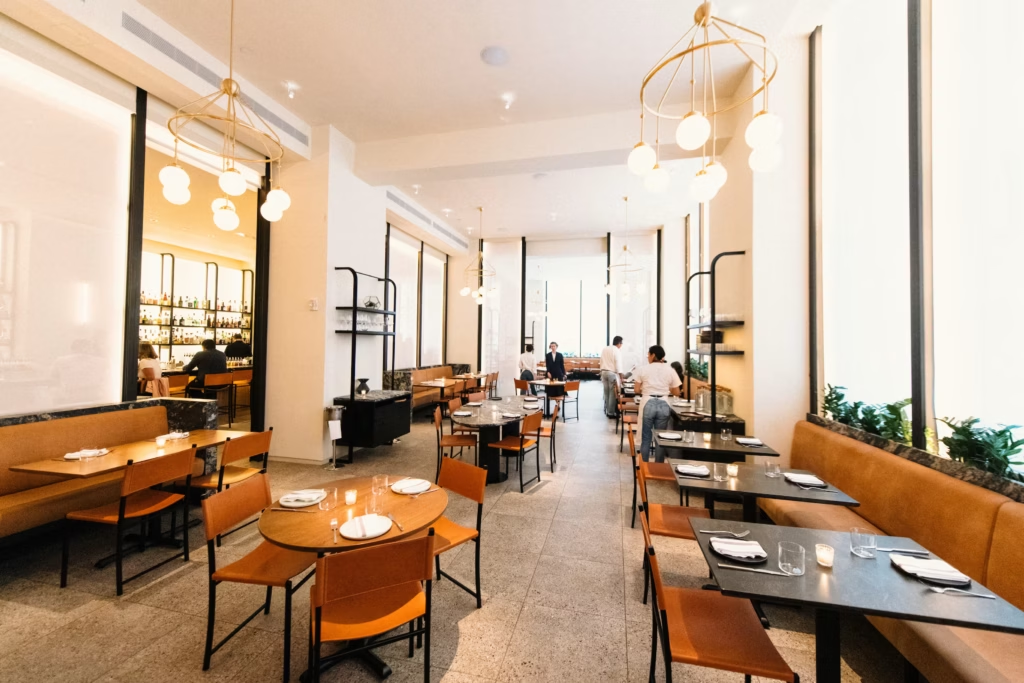

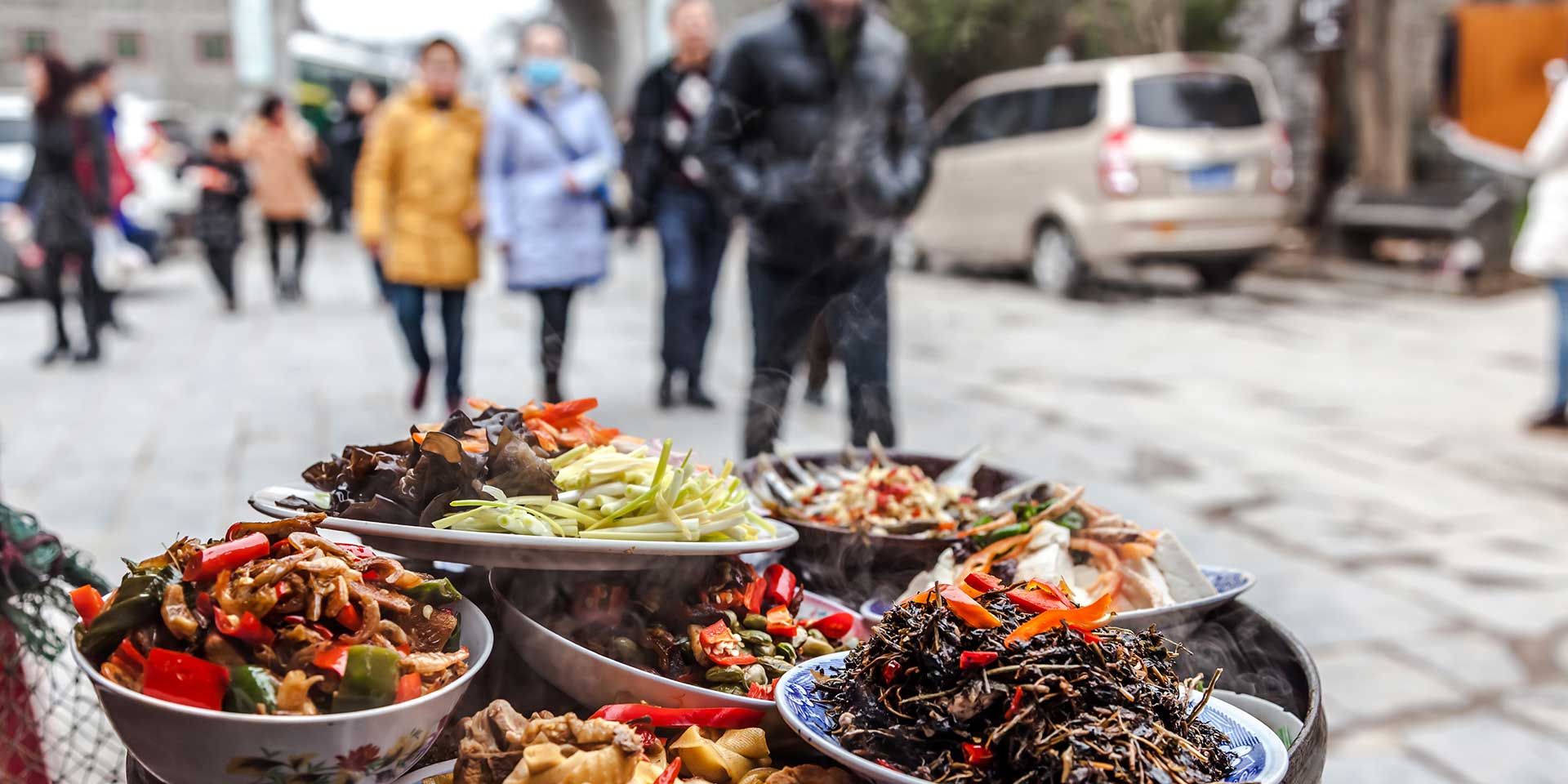




1 thought on “All About Crown Shy: Menu, Location & Reservations”
Pingback: The Complete Guide to Le Veau d’Or - The Dining Destination
Comments are closed.